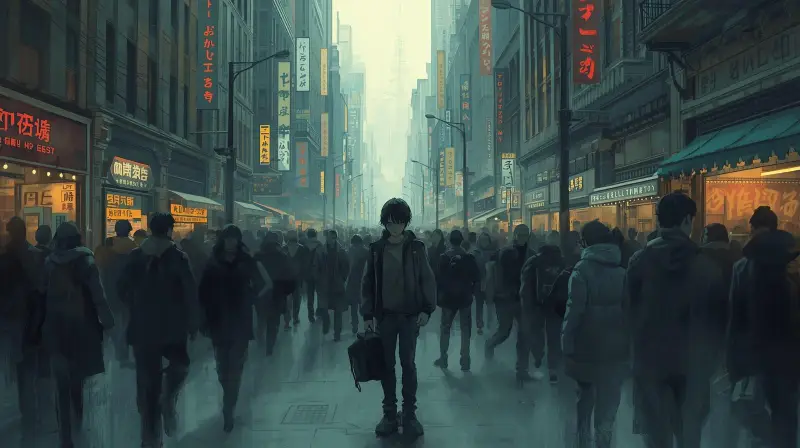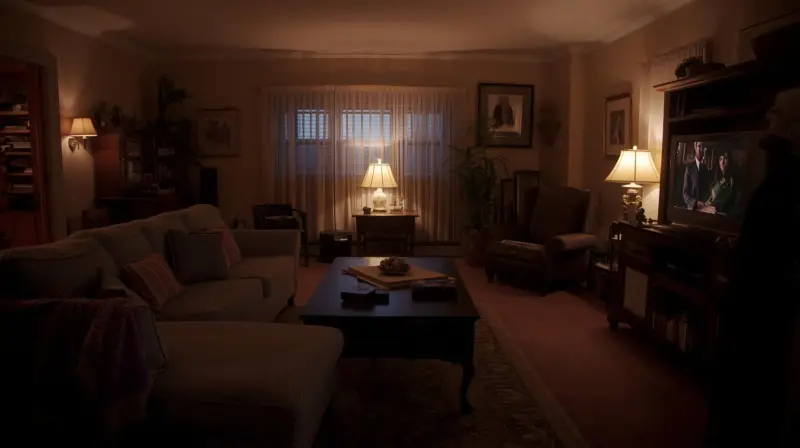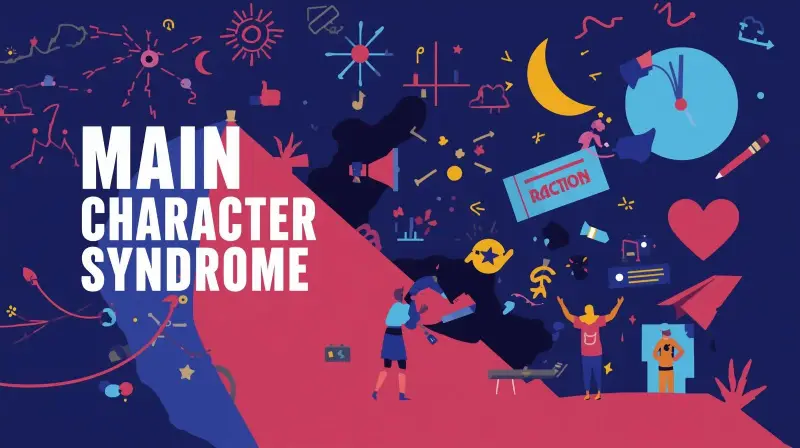There’s a curious paradox about human connection. You might expect that being in a crowd, surrounded by noise, chatter, and bodies, would automatically eliminate loneliness. At least, that’s what the conventional understanding of the term dictates: “being alone is what causes loneliness.” Yet many people know the exact opposite feeling. They step into a room full of people, laughing along with conversations and joining in group activities, yet inside they feel strangely unseen, unheard, or detached. This is often called the “lonely crowd” effect, a phenomenon where isolation is experienced not in solitude, but in the middle of social company.
It is one of those quiet, almost invisible forms of loneliness that doesn’t look like someone sitting in an empty room. Instead, it shows up in parties, classrooms, workplaces, concerts, or even family gatherings. To understand why this happens, we need to dive into human psychology, group dynamics, and the way our modern culture has redefined what it means to “belong.”
The Roots of the Lonely Crowd

Humans are wired for connection. Psychologists often highlight belongingness as a core human need, right up there with food and safety. But belonging, as obvious as it feels about physical presence, in reality it’s about emotional presence. You can sit beside someone at a dinner table yet feel no closer to them than if they were on the other side of the world. When the emotional bond is missing, the mind registers disconnection, even in the middle of a company.
Superficial vs. Deep Connections
Much of the loneliness in groups comes from the quality of connection rather than the quantity. A person might have dozens of social contacts, be part of several WhatsApp groups, and attend regular office or college events, but if none of those interactions allow for vulnerability or genuine exchange, the connections stay at a surface level. Superficial bonds don’t ease loneliness. They can even intensify it, because they remind us of the depth we crave but don’t have.
The Paradox of Social Media
Digital platforms amplify this paradox. Social media allows us to feel surrounded by others at all times, with our feeds constantly filled with updates, jokes, or shared experiences. Yet this “always on” culture doesn’t guarantee intimacy. A thousand “likes” can still leave someone feeling like nobody truly knows them. Being part of a digital crowd can mimic real connection while quietly draining the emotional reservoir that real closeness provides.
The Psychology Behind Feeling Alone in Groups

In group settings, people naturally compare themselves with others. Who’s getting more attention? Who’s funnier? Who seems more confident? This mental scoreboard can trigger self-consciousness, making someone feel inadequate or invisible. Instead of bonding with the group, they retreat inward, creating a mental bubble of isolation.
For instance, imagine standing in a party where everyone seems to know each other well. Even if someone greets you politely, your brain may lock onto the thought that you’re the outsider and they are just being courteous because you’re new. That self-focused lens makes belonging feel out of reach, even when the group has room for you.
Fear of Vulnerability
Connection thrives on openness, but many fear exposing their true selves. In groups, people may wear a mask, showing only the polished version of themselves that feels socially acceptable. While this mask keeps them “safe” from judgment, it also blocks authentic bonds. Over time, constantly hiding behind a persona creates an emptiness that feels even sharper in group settings.
The Bystander Effect of Belonging
There’s also a psychological quirk similar to the bystander effect. When you’re with many people, the responsibility to connect often diffuses. Everyone assumes someone else will start the real conversation or reach out on a deeper level. This results in a group of people together, yet each waiting for the other to bridge the emotional gap.
Modern Life and the Growth of the Lonely Crowd
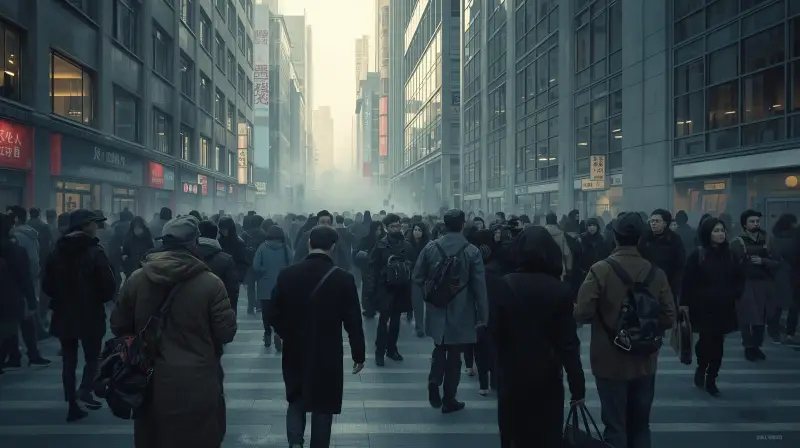
In big cities, crowds are unavoidable, yet many describe them as some of the loneliest places on Earth. Riding the subway or walking through busy streets exposes you to hundreds of faces every day, but none of them may know your name or story. This anonymity contributes to the ‘lonely crowd’ effect, characterised by being physically close but emotionally distant.
Workplaces and Performative Belonging
Corporate culture often encourages people to participate in group activities, team meetings, or after-work social gatherings. While these are meant to build connection, they can sometimes feel more like performance than genuine bonding. People share “work-friendly” versions of themselves but rarely their real struggles, doubts, or dreams. The result is a professional closeness that doesn’t touch the personal loneliness simmering beneath the surface.
The Family Dimension
Even family gatherings, often assumed to be the ultimate safe zone of belonging, can carry the lonely crowd effect. A person might sit at a dinner table with relatives but feel that no one truly understands their inner life. The weight of unspoken conflicts, generational gaps, or unexpressed emotions can make someone feel more isolated in family groups than they would alone in their room.
Why It Hurts So Much

The lonely crowd effect is painful because it clashes with expectations. Society tells us that crowds equal connection. When the opposite happens, it creates dissonance: you should feel connected, but you don’t. That mismatch makes the loneliness sharper. It’s like being thirsty in a room full of water that you cannot drink.
This also explains why some people say they feel loneliest in their twenties or thirties, despite being surrounded by classmates, colleagues, or large friend groups. The presence of people without the substance of connection feels like a constant reminder of what’s missing.
How to Cope with the Lonely Crowd Effect
The lonely crowd effect is not permanent, even though it can feel crushing in the moment. People can reshape how they engage with groups and, more importantly, how they create connections that feel real. Here are ways to navigate and soften the effect.
Shift Focus from Quantity to Quality
One of the most effective strategies is to focus less on how many people you are surrounded by and more on the quality of the relationships you nurture. Instead of spreading energy across large circles, invest deeply in a handful of connections. Having two people who truly “get you” is far more nourishing than having fifty casual acquaintances.
Practice Authenticity
It is tempting to wear masks in group settings to avoid judgment. But real connection comes when you let your guard down, even in small ways. Sharing something personal, admitting you’re nervous, or expressing genuine curiosity about others can break the ice of superficiality. Vulnerability acts like a bridge that invites others to cross toward authenticity, too.
Find or Create Smaller Communities
Large crowds often make intimacy more complicated. Smaller groups or niche communities enable deeper conversations and a stronger sense of belonging. This could mean joining a book club, a sports team, or a community class where numbers are limited and connections grow more naturally. Sometimes it isn’t about rejecting crowds altogether but about seeking out spaces that allow your presence to matter.
Slow Down and Be Present
The lonely crowd effect often intensifies when your mind runs on comparisons or anxieties. Grounding yourself in the present moment can shift perspective. Instead of worrying about whether others like you, try noticing the details like the warmth in someone’s smile, the rhythm of laughter, or the flow of a story. Presence transforms shallow interactions into more meaningful ones.
Reframe Solitude as a Resource
It may sound counterintuitive, but embracing solitude can strengthen your resilience in groups. When you build a solid relationship with yourself, you no longer rely on crowds to validate your worth. Instead, you enter social settings from a place of self-assurance, which often makes deeper bonds easier to form.
The Role of Self-Awareness

Self-awareness is key to escaping the lonely crowd effect. Many people move through group settings without pausing to ask, “What do I actually need from this interaction?”
Sometimes the need is simple companionship; other times it’s deep conversation or shared understanding. By knowing what you seek, you can choose where to direct energy rather than expecting every group to provide every form of belonging.
Self-awareness also helps recognise triggers. If you notice that large parties always leave you drained, but small dinners leave you fulfilled, that awareness allows you to choose your social environments wisely. Instead of forcing yourself into spaces that magnify loneliness, you can prioritise the ones that make you feel connected.
Vulnerability and Courage

Vulnerability often feels risky, but it’s the antidote to the lonely crowd. Brené Brown, a researcher on connection, famously describes vulnerability as the birthplace of belonging. That doesn’t mean pouring your entire heart out in every group setting. It can be as small as sharing your honest opinion or admitting when you don’t understand something.
When you risk being seen, you create opportunities for true connection. And often, the people around you are craving that same authenticity. In fact, one of the ironies of the lonely crowd effect is that many people in the same group feel exactly as isolated, but no one speaks up. Vulnerability breaks that cycle.
The Paradox of Solitude vs. Crowds

It’s worth reflecting on the paradox of how solitude is often painted as loneliness, while crowds are painted as belonging. In reality, solitude can be deeply nourishing, and crowds can feel empty.
Many artists, thinkers, and writers throughout history have regarded solitude as essential for creativity and self-discovery. Solitude doesn’t have to mean disconnection. In fact, it can prepare you for a healthier connection by giving clarity on who you are and what you value.
Crowds, on the other hand, are not inherently bad. They can be exhilarating in all sorts of ways. Think of cheering in a stadium, singing at a concert, or joining a march for a cause. But when crowds lack intimacy, they become noise without nourishment. The trick is learning when to seek solitude, when to embrace groups, and how to build a bridge between the two.
The Bigger Picture
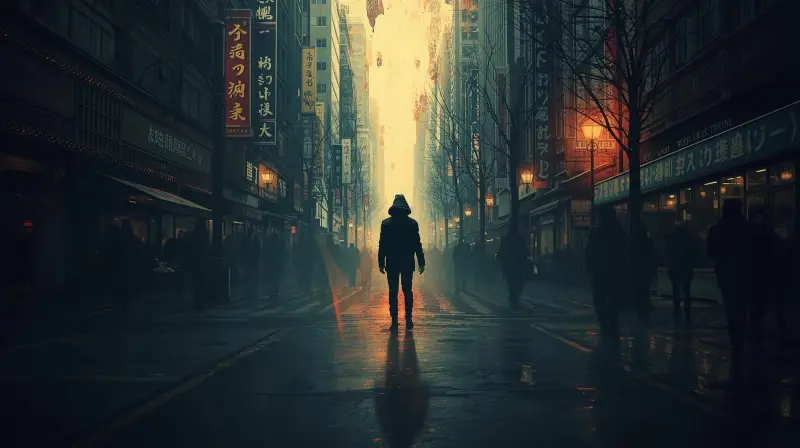
On a collective scale, addressing the lonely crowd effect matters because it touches mental health, community strength, and even societal cohesion. Loneliness is linked to higher stress, depression, and physical health risks. If crowds continue to function as spaces of performance rather than connection, people may grow more alienated despite living in hyper-connected societies.
Building cultures of authenticity, listening, and presence may sound idealistic, but it starts small. Every act of vulnerability, every intentional conversation, and every meaningful gathering plants a seed. Over time, these seeds grow into communities where people feel seen, valued, and less alone.
Conclusion
The lonely crowd effect reminds us that loneliness isn’t defined by numbers. It’s not about how many people you’re physically near, but how deeply you feel connected. Crowds can amplify isolation, but they also hold the potential to spark belonging when approached with authenticity and awareness.
We live in a world that constantly encourages us to gather, to network, to be visible. Yet the deeper work lies in cultivating spaces where people feel safe enough to be themselves. Feeling alone in a group is a signal, not a flaw. It points us toward the kind of connections we need to build.
So the next time you step into a room full of people and feel that familiar hollowness, remember that the solution isn’t to find bigger crowds. It’s to seek or create spaces where your presence is not just seen but truly felt.

